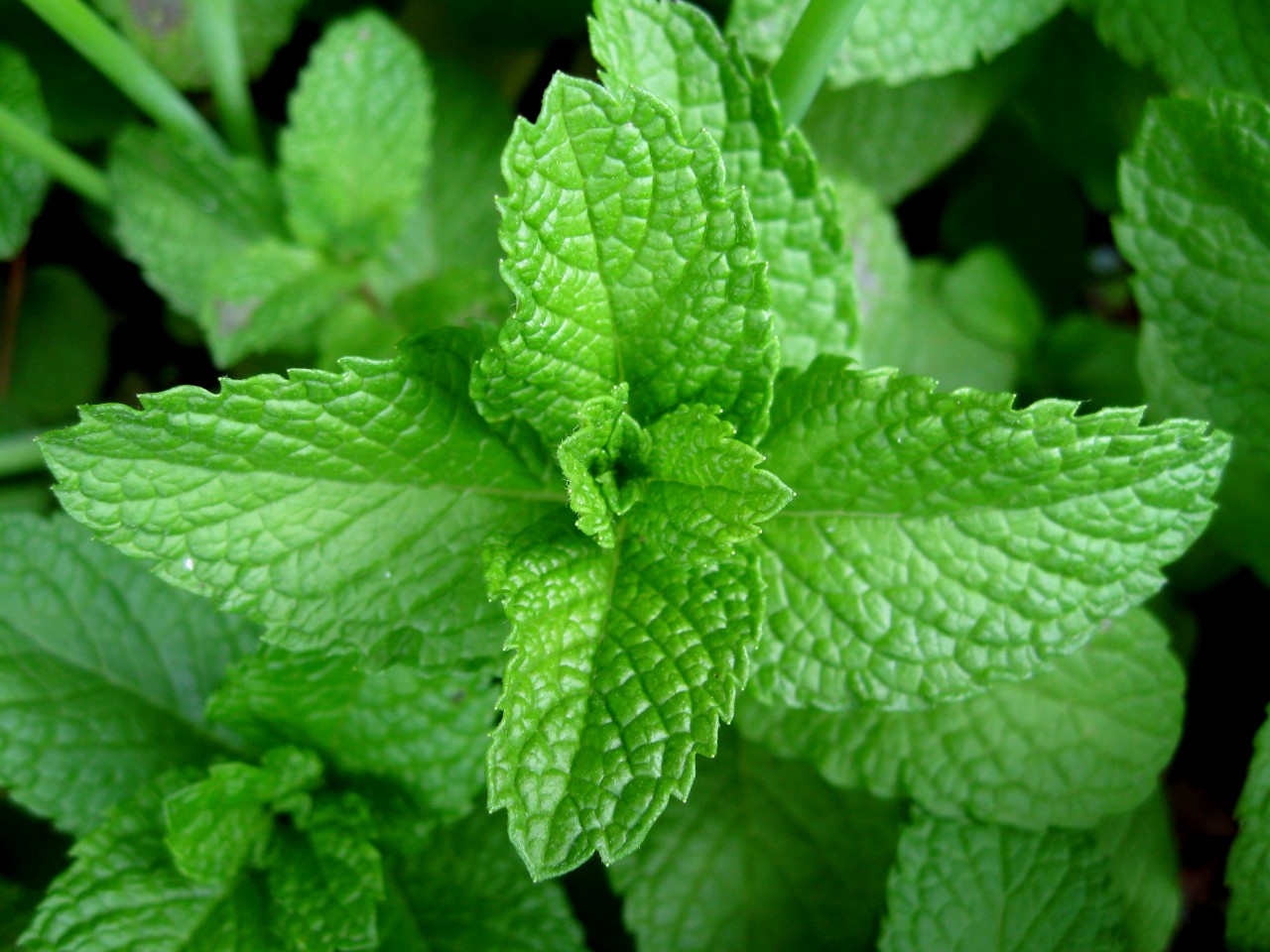This popular orchid-pink floribunda was bred in America from red-flowered parents and launched in this country in 1954. That year it won the Rose Society’s gold medal and the president’s trophy for best rose of the year. An easy-going, tall variety ideal for the back of a border, it has few thorns and long-stemmed blooms good for cutting. Picture: ALAMY

Jubilee Celebration was named in commemoration of Her Majesty’s Golden Jubilee and has deliciously fragrant flowers of rich pink with highlights of gold on underside of the petals.
Picture: ALAMY

Peter Beales is launching the Queen’s Jubilee Rose at Chelsea. It is a modern shrub 90cm (3ft) tall with fully double scented white blooms flushed with peach (classicroses.co.uk).
Picture: ALAMY

David Austin is launching Royal Jubilee at Chelsea (davidaustin.com)
Picture: ALAMY

Diamond Jubilee
is a floribunda with creamy white, full flowers, with initially spiral-shaped buds which open to approximately 8-10cm. It flowers in small clusters and has stiff stems. The flowers have good weather resistance for this colour range. Foliage is glossy dark green, plants are well branched and of medium height, to about 60-80cm, ideal for planting in borders, small groups and containers. From Marks & Spencer.
Picture: ALAMY

William And Catherine celebrated the royal wedding in April 2011. A very full-petalled musk hybrid English rose, it opens to a soft creamy apricot, quickly fading to cream then pure white.
Picture: ALAMY

Princess Anne, deep pink with tea rose scent, was named Best New Plant Variety at the Grower of the Year Awards 2011. A compact grower, it is a bushy upright shrub with highly polished disease-resistant foliage.
Picture: ALAMY

Princess Alexandra of Kent is a very healthy English rose with large scented flowers of warm glowing pink. It was winner of the fragrance award at the Glasgow Trials in 2009.
Picture: ALAMY

Queen Anne was named to celebrate the tercentenary of Ascot racecourse, founded by Queen Anne in 1711. Another pink scented English rose, it is quite upright, bushy and has few thorns.
Picture: ALAMY

Glamis Castle was named after the childhood home of the late Queen Mother. A compact, bushy rose, it bears pure white cup-shaped flowers freely.
Picture: ALAMY

And Queen Mother was named for her 90th birthday. It is a pretty, repeat-flowering patio rose with semi-double pink flowers and dark glossy foliage.
Picture: ALAMY

Mountbatten was the very first Rose of the Year in 1982, named after the late Earl Mountbatten, uncle to the Duke of Edinburgh.
A tall floribunda, it has huge clusters of golden yellow flowers and bright glossy foliage.
Picture: ALAMY

Information source from: Telegraph.co.uk






















